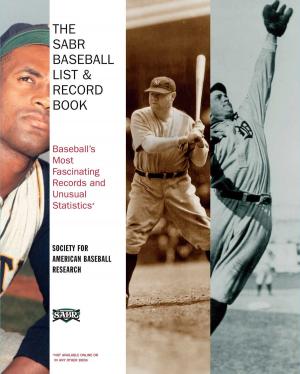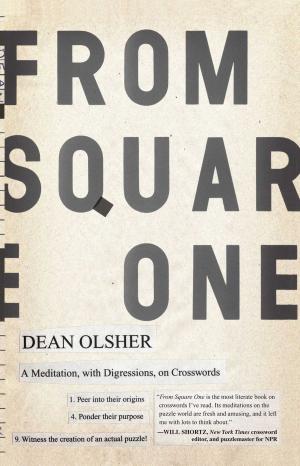Flying over 96th Street
Memoir of an East Harlem White Boy
Nonfiction, Social & Cultural Studies, Social Science, Discrimination & Race Relations, Biography & Memoir, Literary| Author: | Thomas L. Webber | ISBN: | 9781439125601 |
| Publisher: | Scribner | Publication: | May 11, 2010 |
| Imprint: | Scribner | Language: | English |
| Author: | Thomas L. Webber |
| ISBN: | 9781439125601 |
| Publisher: | Scribner |
| Publication: | May 11, 2010 |
| Imprint: | Scribner |
| Language: | English |
Tommy Webber is nine years old when his father, a founding minister of the East Harlem Protestant Parish, moves the family of six from a spacious apartment in an ivy-covered Gothic-style seminary on New York City's Upper West Side to a small one in a massive public- housing project on East 102nd Street. But it isn't the size of the apartment, the architecture of the building, or the unfamiliar streets that make the new surroundings feel so strange. While Tommy's old neighborhood was overwhelmingly middle class and white, El Barrio is poor and predominantly black and Puerto Rican. In Washington Houses, a complex of over 1,500 apartments, the Webbers are now one of only a small handful of white familes.
Set during the late 1950s and early 1960s, Flying over 96th Street: Memoir of an East Harlem White Boy is the story of one boy's struggle with race, poverty, and identity in a city -- and a country -- grappling with the same issues. Tommy's classmates at the exclusive Collegiate School for Boys, which he attends on scholarship, dare not venture above the city's Mason-Dixon Line of 96th Street into the unknown territory of muggers, gangs, and junkies. Tommy, however, slowly makes new friends on the local basketball courts and at church, and discovers a different East Harlem, one where an exuberant human spirit hides within the oppressive projects and drab tenements, fighting to break through the cracked sidewalks. Webber interweaves the nation's growing Civil Rights movement -- from watching on television the forced integration of Little Rock's Central High School to participating in the famous 1963 March on Washington -- with the subtler, more immediate changes he observes in the lives of his friends and neighbors.
In simple yet compelling prose, lit by the candor and innocence of childhood, Webber brings to life his East Harlem: children playing under gushing fire hydrants; the piraguas man and his pushcart of rainbow-colored icies; Fourth of July barbecues on rooftops; heated games of 5-2 on the public school courts; streets teeming with ugliness, anger, and despair, but also alive with color, community, and hope.
Tommy Webber is nine years old when his father, a founding minister of the East Harlem Protestant Parish, moves the family of six from a spacious apartment in an ivy-covered Gothic-style seminary on New York City's Upper West Side to a small one in a massive public- housing project on East 102nd Street. But it isn't the size of the apartment, the architecture of the building, or the unfamiliar streets that make the new surroundings feel so strange. While Tommy's old neighborhood was overwhelmingly middle class and white, El Barrio is poor and predominantly black and Puerto Rican. In Washington Houses, a complex of over 1,500 apartments, the Webbers are now one of only a small handful of white familes.
Set during the late 1950s and early 1960s, Flying over 96th Street: Memoir of an East Harlem White Boy is the story of one boy's struggle with race, poverty, and identity in a city -- and a country -- grappling with the same issues. Tommy's classmates at the exclusive Collegiate School for Boys, which he attends on scholarship, dare not venture above the city's Mason-Dixon Line of 96th Street into the unknown territory of muggers, gangs, and junkies. Tommy, however, slowly makes new friends on the local basketball courts and at church, and discovers a different East Harlem, one where an exuberant human spirit hides within the oppressive projects and drab tenements, fighting to break through the cracked sidewalks. Webber interweaves the nation's growing Civil Rights movement -- from watching on television the forced integration of Little Rock's Central High School to participating in the famous 1963 March on Washington -- with the subtler, more immediate changes he observes in the lives of his friends and neighbors.
In simple yet compelling prose, lit by the candor and innocence of childhood, Webber brings to life his East Harlem: children playing under gushing fire hydrants; the piraguas man and his pushcart of rainbow-colored icies; Fourth of July barbecues on rooftops; heated games of 5-2 on the public school courts; streets teeming with ugliness, anger, and despair, but also alive with color, community, and hope.

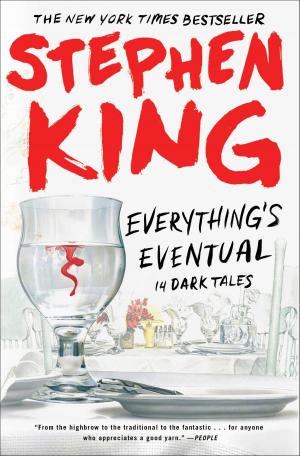
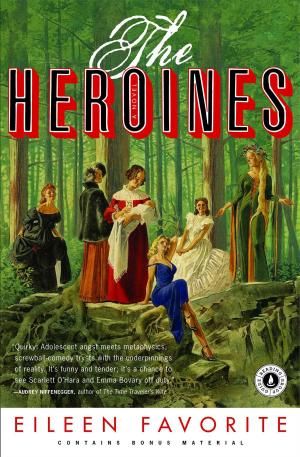






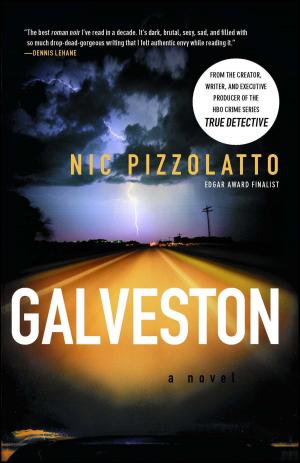
![Cover of the book O Velho e o Mar [The Old Man and the Sea] by Thomas L. Webber](https://www.kuoky.com/images/2011/august/300x300/9781451660906-CdqB_300x.jpg)

